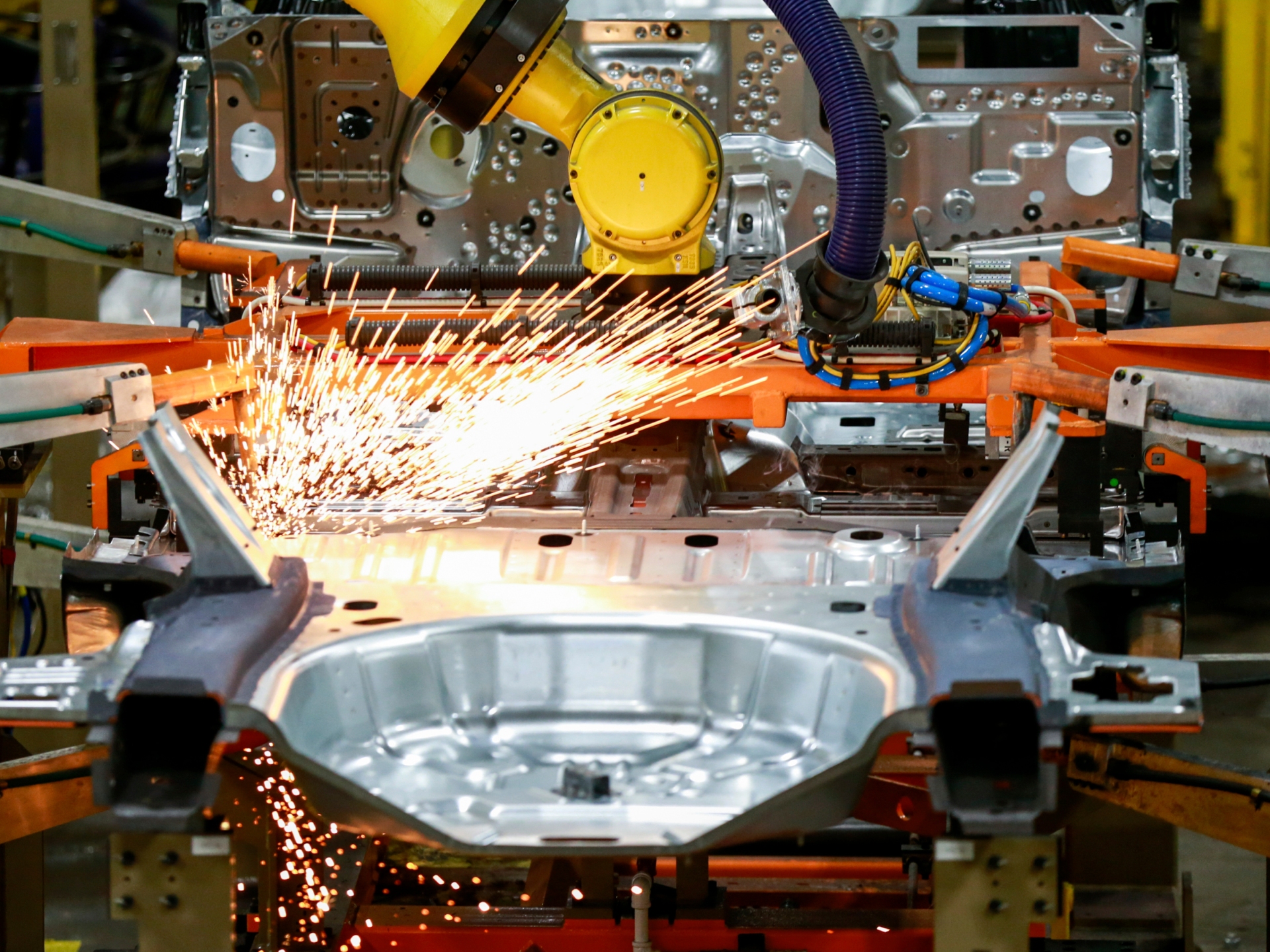Overall manufacturing falls as higher interest rates cool demand, but consumer orders continue to rise.
United States manufacturing activity grew at its slowest pace in nearly two and a half years in October as the Federal Reserve’s aggressive push to raise interest rates to quash inflation cools demand for goods.
The Institute for Supply Management said on Tuesday that its Purchasing Managers Index fell to 50.2 last month from 50.9 in September, both the lowest readings since May 2020.
A reading above 50 signals expansion in manufacturing, which accounts for 11.9 percent of the US economy. Economists polled by Reuters had forecast the index declining to 50.
The Fed is expected to raise rates by 75 basis points for a fourth straight time on Wednesday, the fastest pace of tightening in 40 years. Since March, the US central bank has lifted its benchmark policy rate from near zero to a current range of 3 percent to 3.25 percent as it grapples with stubbornly high inflation.
While overall manufacturing activity fell, the institute’s forward-looking new orders subindex rose to 49.2 last month from 47.1 in September, indicating some resiliency among US consumers even as the Fed’s actions begin to bite into their pocketbooks.
That tallies with government data released on Friday that showed spending on goods in September increased slightly after two straight monthly decreases while outlays on services rose solidly. Some of the slowdown in manufacturing has reflected that shift in spending from goods to services.
In a further sign that supply chain snarls that have beset manufacturing are healing, the institute’s measure of supplier deliveries fell to 46.8 from 52.4 in September. A reading above 50 indicates slower deliveries to factories.
With supply chains functioning more normally, inflation pressures at the factory gate continued to recede.
A measure of prices paid by manufacturers dropped to 46.6, the lowest reading since May 2020, from 51.7 in September. The price index has fallen nearly 50 percent since March, driven by retreating commodity prices.
That’s welcome news for the US central bank, which has yet to see much improvement across other inflation gauges. US producer prices increased more than expected in September, and consumer inflation continues to bubble.
The institute’s measure of factory employment also ticked up to 50 last month after dropping to 48.7 in September. The index has been a poor predictor of manufacturing payrolls in the government’s closely watched employment report, next out this Friday.
Sumber: www.aljazeera.com
 Skip to content
Skip to content

